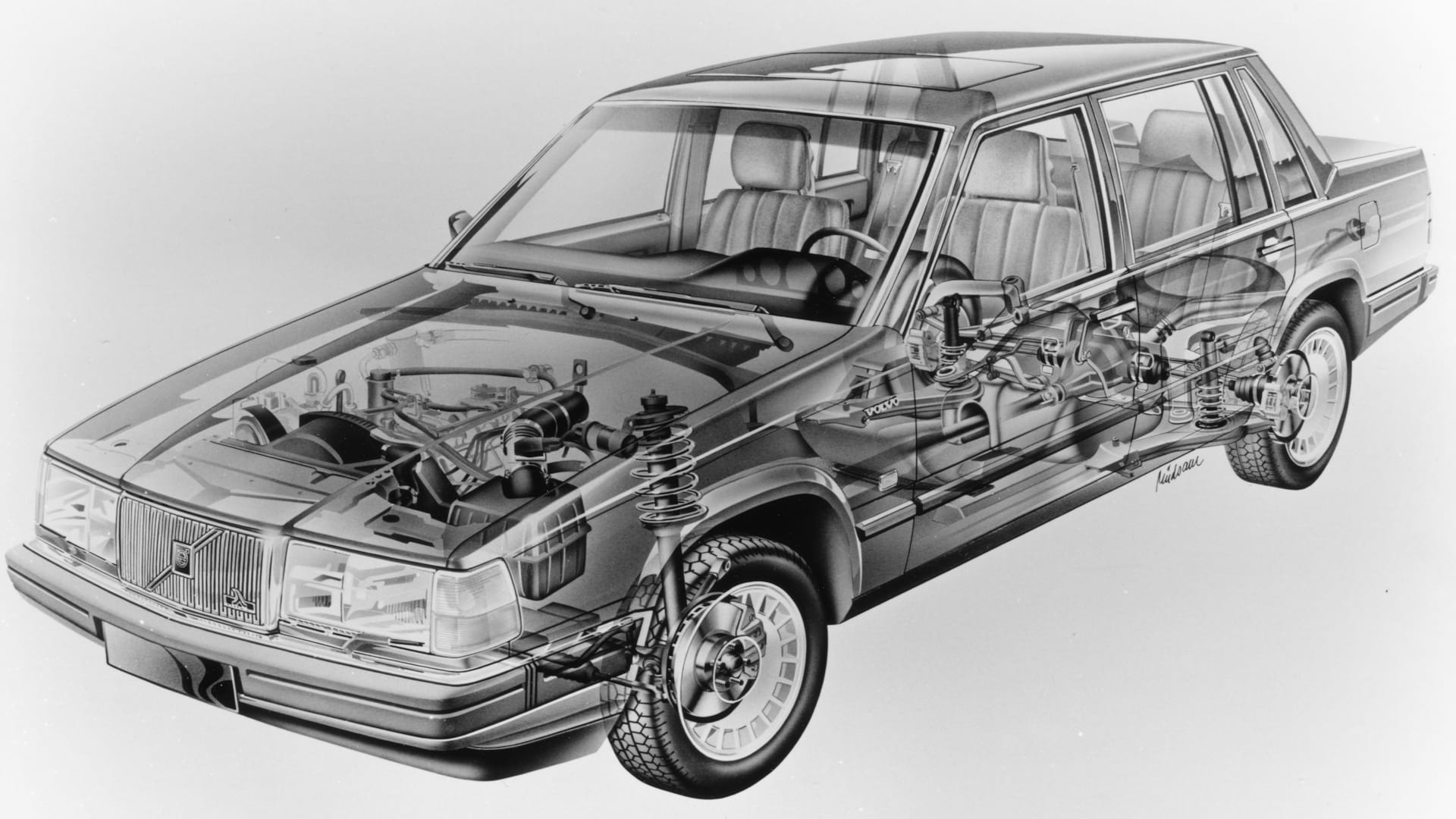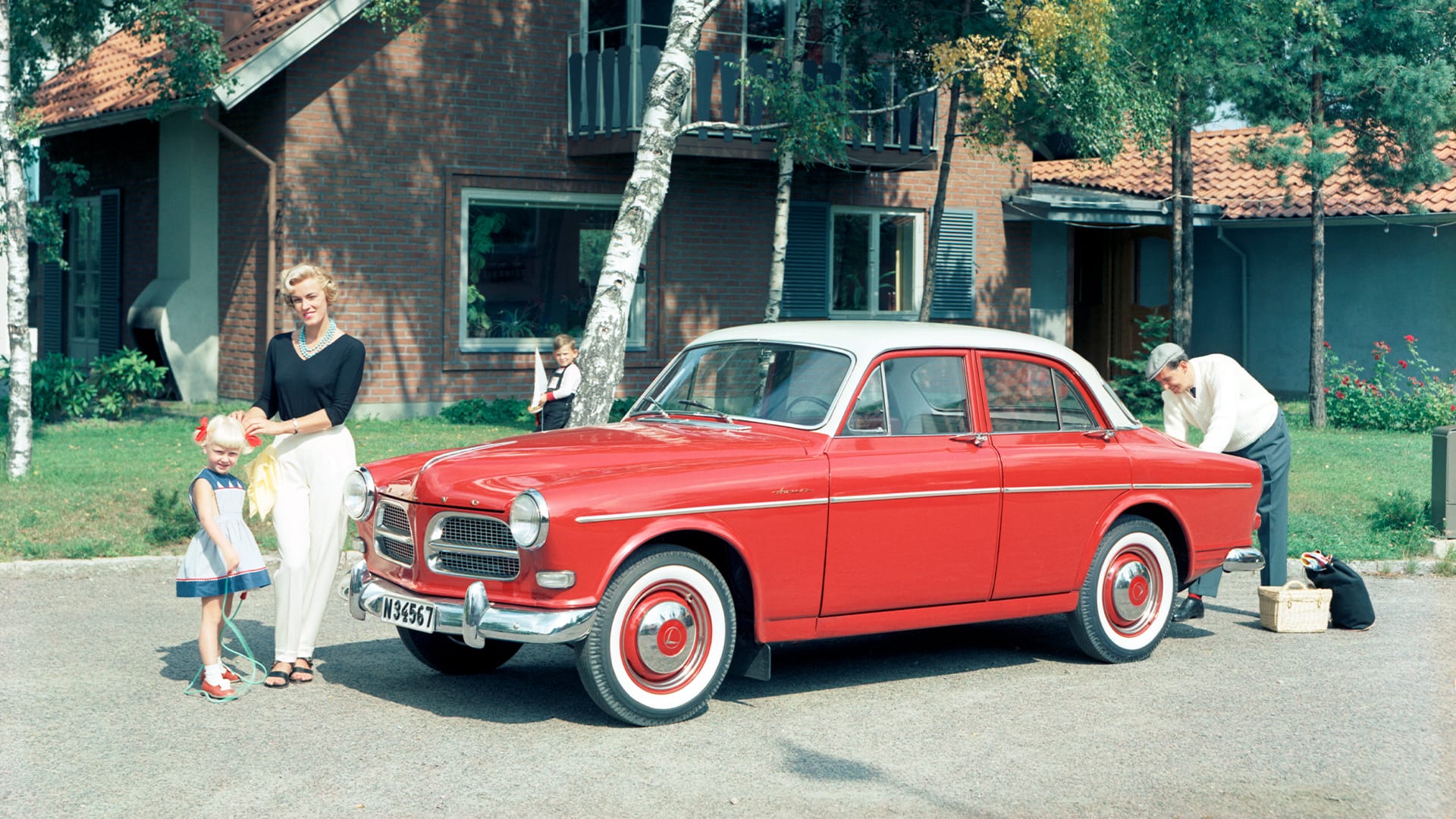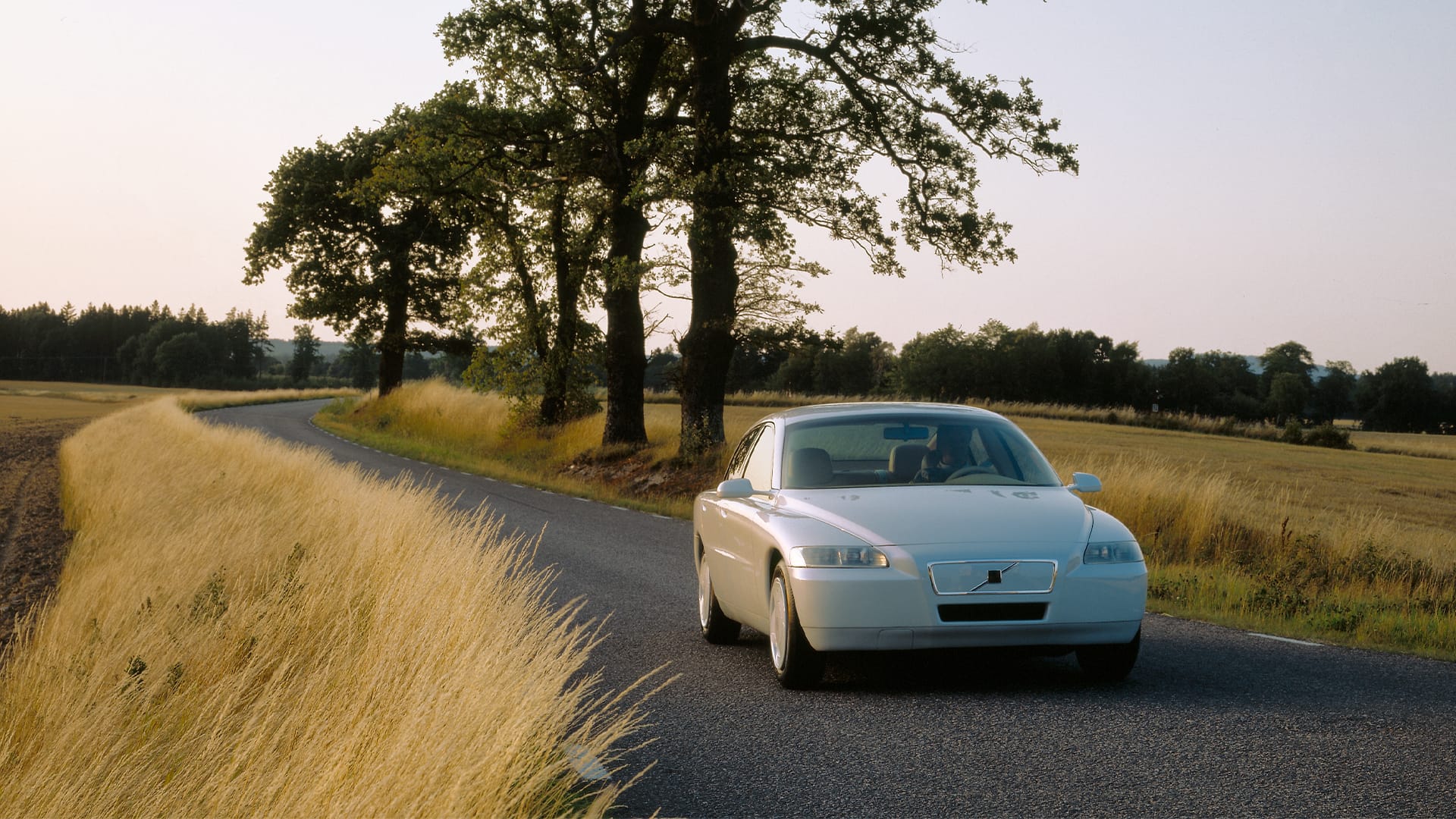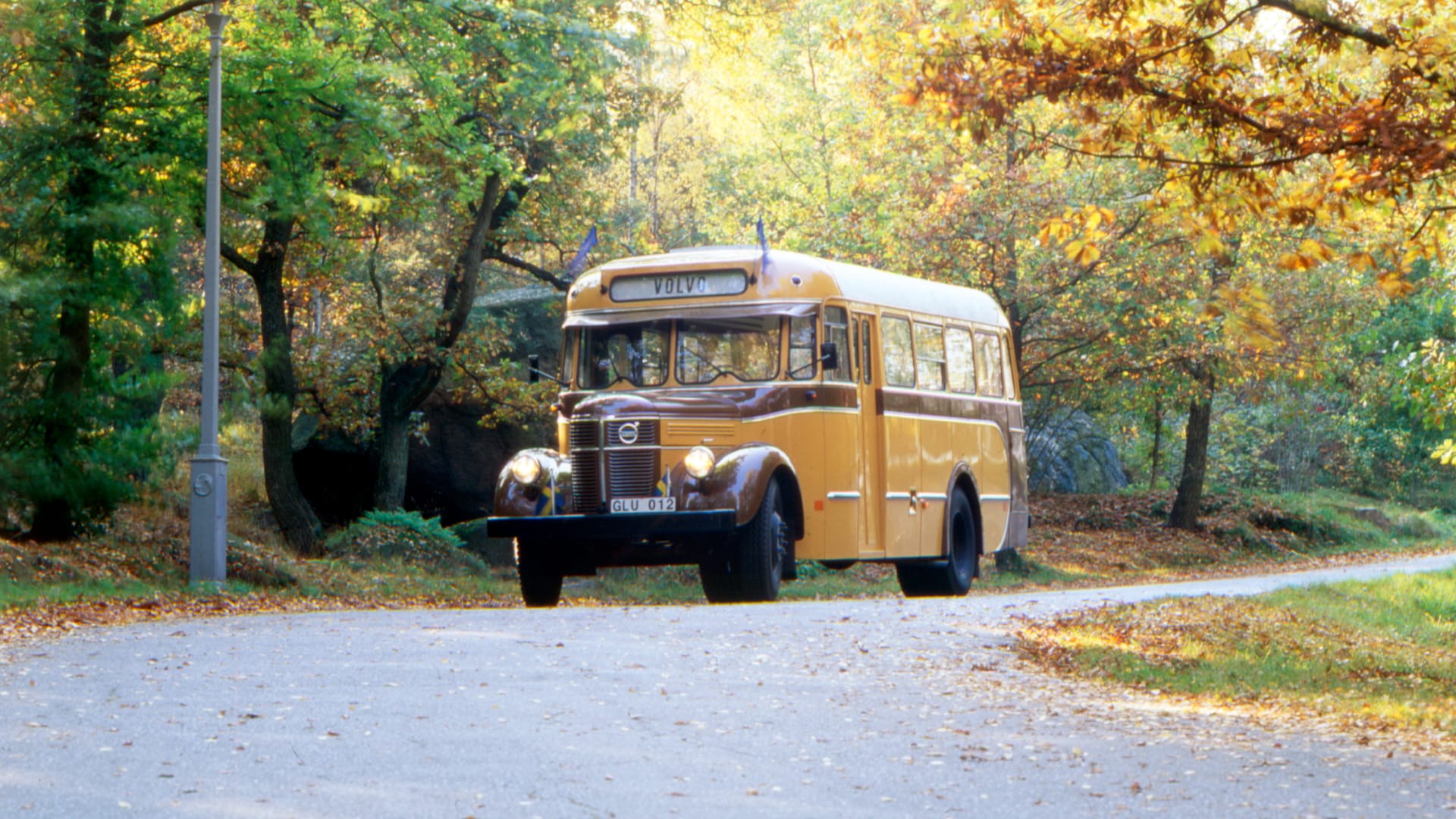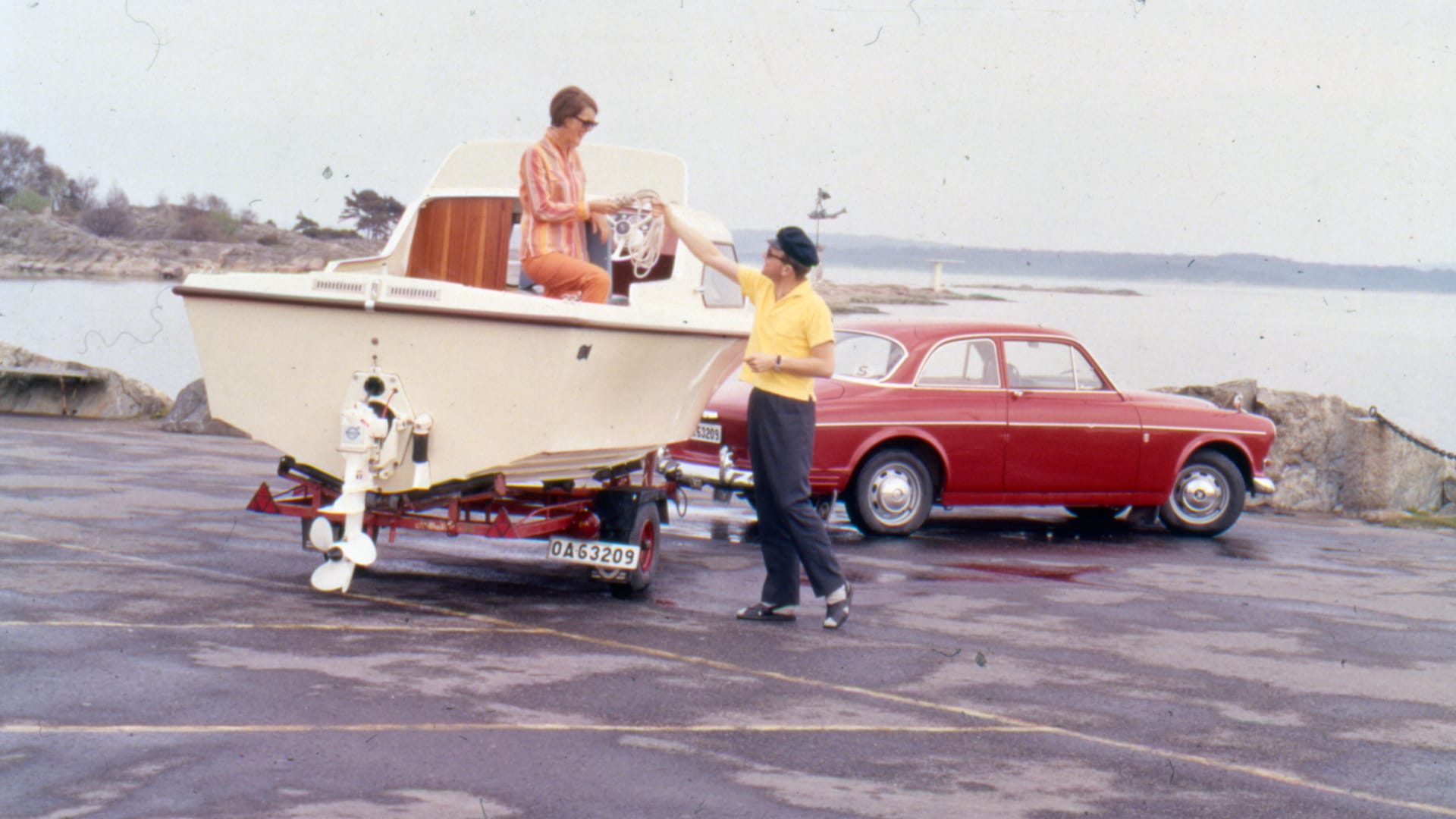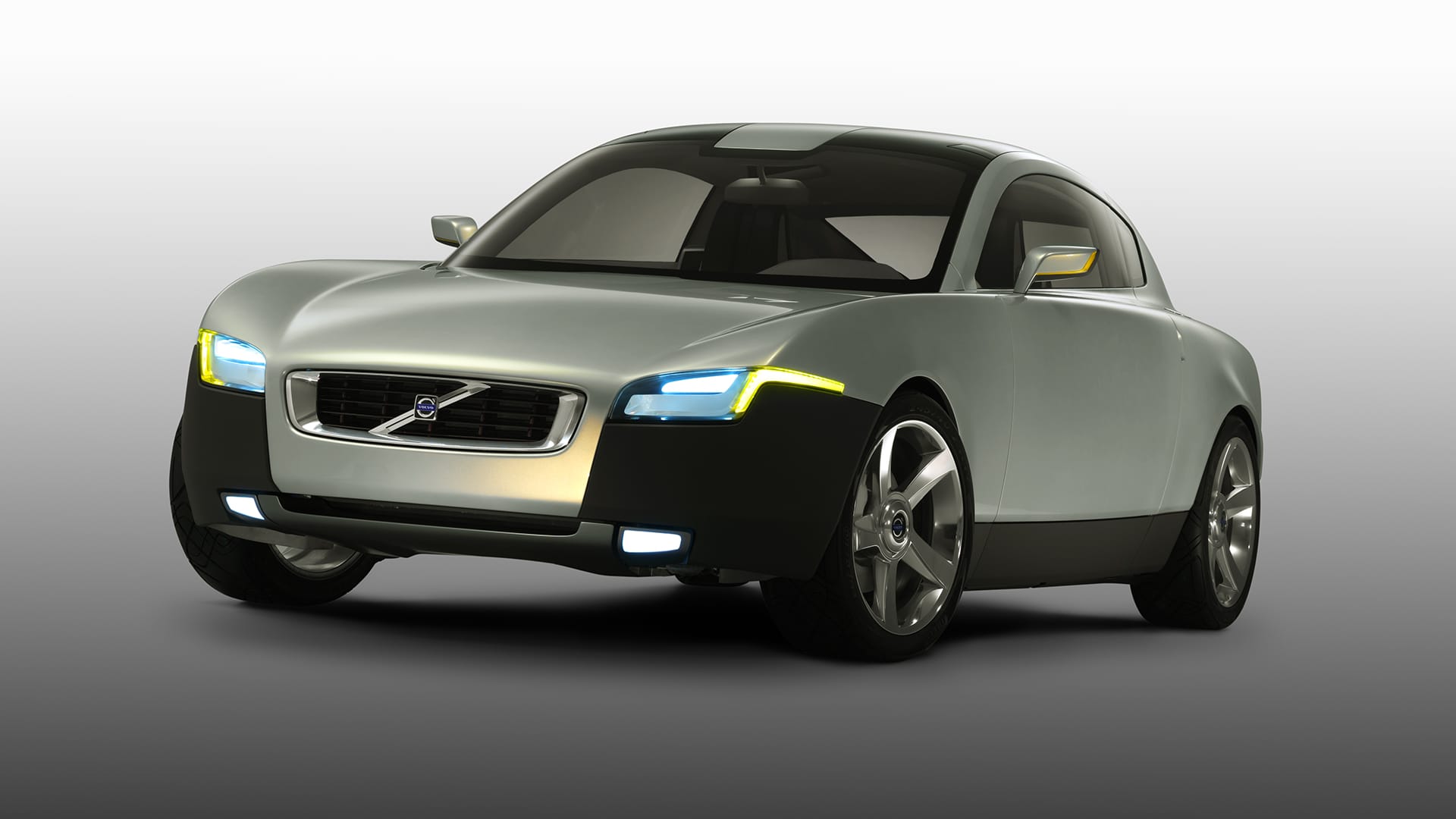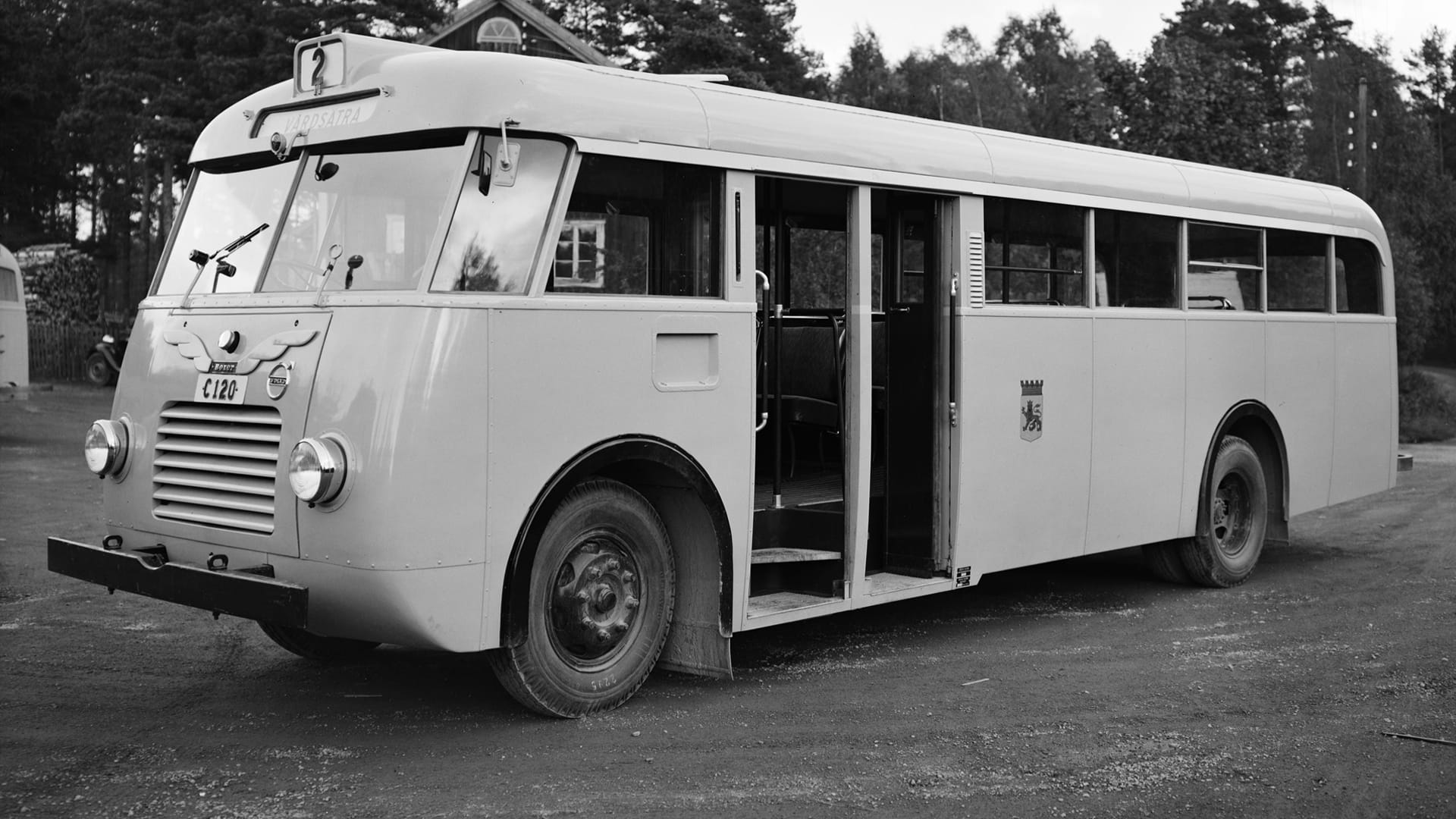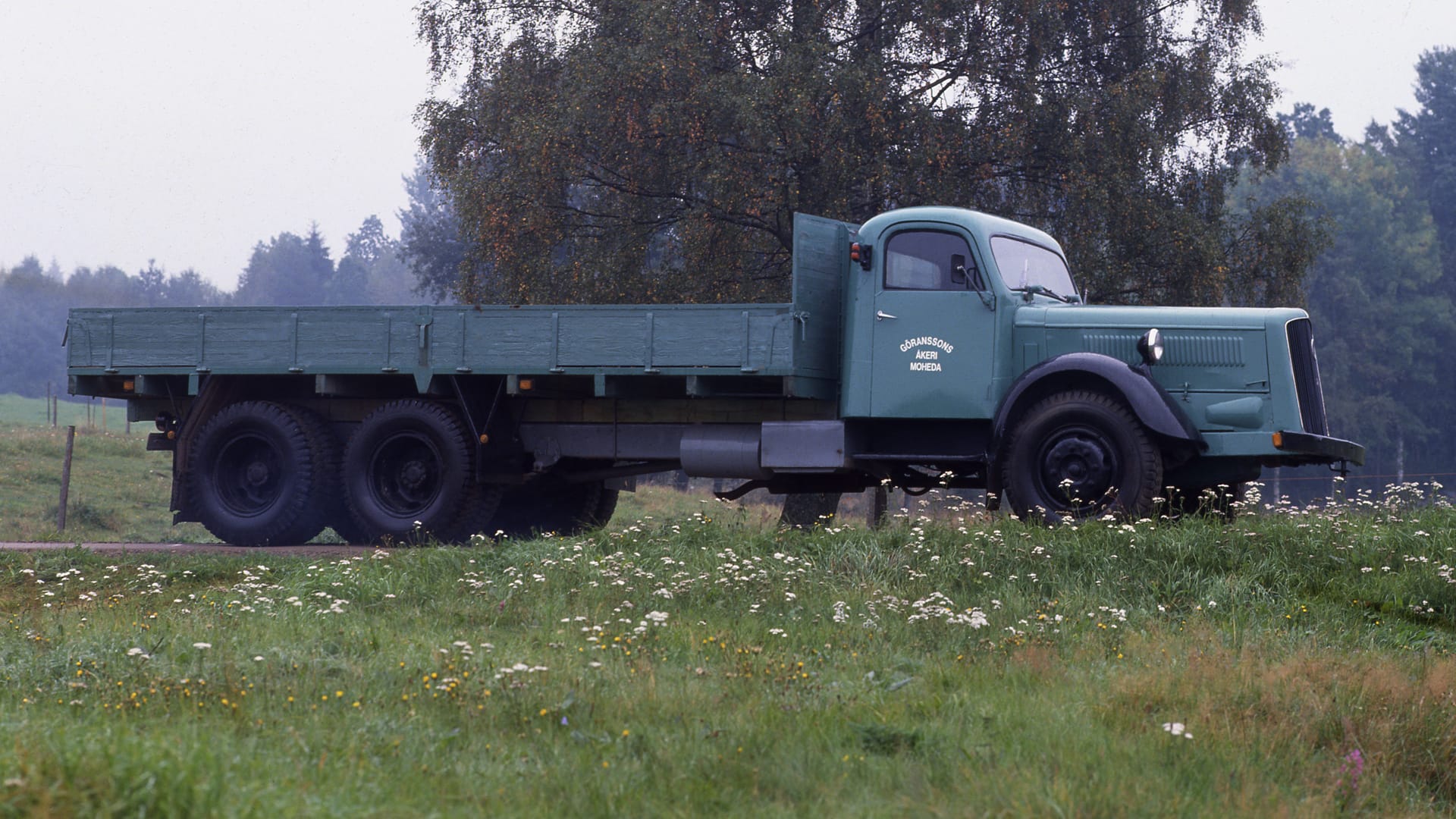Volvo 760

A hero on wheels
Two oil crises have plunged the world's automotive industry into a slump, and as a small manufacturer, Volvo is particularly vulnerable.
Various solutions – merging with Saab-Scania, selling the company to the Norwegian state – are considered, but ultimately, all hopes are pinned on a new car model: the 760. The project is given the codename 1155 or "Five Minutes to Midnight," as there is an urgent need to secure survival.
For cost reasons, much of the technology is borrowed from the 240 model, but the 760 is significantly more luxurious and spacious inside. Moreover, the car weighs 100 kilograms less, reducing fuel consumption. With its US-inspired design, the 760 becomes a major success and is soon followed by the four-cylinder 740 model. Launching the high-performance model first is considered a stroke of genius by many.
The 1970s are challenging for all automotive companies worldwide, but especially tough for a small manufacturer like Volvo. The company suffers from high production costs in Sweden, and export revenues have dramatically declined. Volvo is already the world's most export-dependent manufacturer; eight out of ten cars are sold outside Sweden. Under Pehr G Gyllenhammar's leadership, several attempts are made to save the company: merging with Saab-Scania, selling parts of the company to Norway, cooperation with Renault – but almost everything falls apart.
Win or vanish
Ultimately, all hopes are pinned on a new car model: the 760. Volvo is on the brink of either winning or vanishing. But Volvo is just in time with its new car project, which, with a laconic kick, is named 1155 – Five Minutes to Midnight. The investment is gigantic by contemporary standards, 3.5 billion kronor. The plan is for the 760 and its subsequent versions to carry Volvo through the 1990s, which indeed happens. The final version of the V90, which still has its roots in Project 1155, ceases production in 1998.
American influences
Since the 760 is set to compete in a higher price range and against tougher competitors than the 240, much effort is put into various design studies. For the third time, the design chief succeeds in creating something entirely new, breaking away from Volvo's traditional designs. While the 1950s Amazon is inspired by Italian cars and the 240 reflects Swedish design of the 1970s, the 760 has clear American influences without losing Volvo's unique identity. The world gets a glimpse of the model already in 1980 through the VCC, Volvo Concept Car, which, although shorter than the upcoming 760, bears a striking resemblance. The abbreviation is also a bit of a wordplay. In 1979, Volvo's passenger cars are incorporated into an independent company, Volvo Car Corporation – coincidentally abbreviated VCC.
Strong character
Initially, Chief Designer Jan Wilsgaard wants to create a coupé estate, but Volvo's financial analysts prefer a car that is as cheap as possible to manufacture. Two proposals are pitted against each other, one from the development department, the other from the marketing department. Then Wilsgaard suddenly presents a third alternative, unknown to everyone. Straight sides, a nearly brutally chopped-off rear end, an almost vertically standing rear window - an incredibly strong character. This third, previously unknown alternative, becomes the 760.
Feedback
But first, the car is sent around to so-called product clinics, which Volvo now uses for the first time. Prospective customers get to provide feedback on car models without knowing which brand they are evaluating. The reaction is somewhat mixed in several places, except in one market: the USA. People there love what they see, which settles the matter. After all, the USA is Volvo's largest export market.
Testing program
Before the launch, an extensive testing program is conducted: brake performance in the Alps, winter handling in northern Sweden and Canada, air conditioning in the Australian desert. In February 1982, slightly delayed, the 760 is unveiled at nine locations across Europe. Already, 1,500 cars have been produced but kept hidden from outsiders, an achievement in itself. The model is named the 760 GLE, Grand Luxe Executive. The goal is for it to have the same dimensions as the 240, which is achieved: the 760 is the same length to the millimetre and has the same width. However, and importantly given the oil crises and demands for reduced consumption, it is 100 kilograms lighter.
High safety
The wheelbase is 13 cm longer, ensuring that the rear wheel arches do not intrude into the rear seat entry. The front suspension has McPherson struts, and the rear suspension is a rigid axle, suspended on a sub-frame. This provides the car with predictable driving characteristics without compromising too much on comfort. In 1987, a completely new rear suspension, with a multi-link setup, is introduced, resulting in a significant improvement. Safety is paramount. The body is designed with deformation zones at the front and rear, there are strong beams in the sides and roof, and the 760 comfortably meets American safety standards.
Luxurious interior
A new feature is the anti-submarining protection in the rear seat, designed to help prevent the pelvis from sliding under the seat belt in a collision. The fuel tank is placed in front of the rear axle and is protected from rear-end collisions. Since the 760 is intended to compete in a higher price range, it is also much more luxurious inside than the 200 series. The seats are upholstered in plush or leather, and the standard equipment is generous: power windows, power steering, central locking, air conditioning.
Fast diesel
The base engine is the V6 from the PRV collaboration with Peugeot and Renault, the B28E. In Volvo's version, it is 2.8 litres and produces 156 hp. Acceleration to 100 km/h is achieved in 10 seconds. There is also a six-cylinder diesel engine, the TD24, with 110 hp, providing a top speed of 170 km/h and an acceleration to 100 km/h in 13 seconds. This makes the 760 one of the world's fastest passenger car diesels. The third engine option is a four-cylinder turbo with an intercooler, the B23ET, with 173 hp, offering good performance: 0-100 in 8.5 seconds and a top speed of over 200 km/h. Power is transmitted either through a four-speed manual gearbox with electronic overdrive or via a new four-speed automatic transmission from Japanese manufacturer Aisin-Warner.
Crisis averted
The price at launch in Sweden is 99,800 kronor, considered high in some quarters – but at the same time, many customers realize that it is a lot of car for the money. The Volvo 760 GLE becomes an immediate success, and the 700 series undoubtedly marks a turning point for Volvo's passenger cars. A total of 221,039 760 GLEs are manufactured, and over a million of the simpler 740 model – before the 960 is launched in 1990. The crises and threats of the 1970s fade away, laying a new foundation for Volvo's passenger cars, enabling the development of the 850 and S80 of the 1990s.
